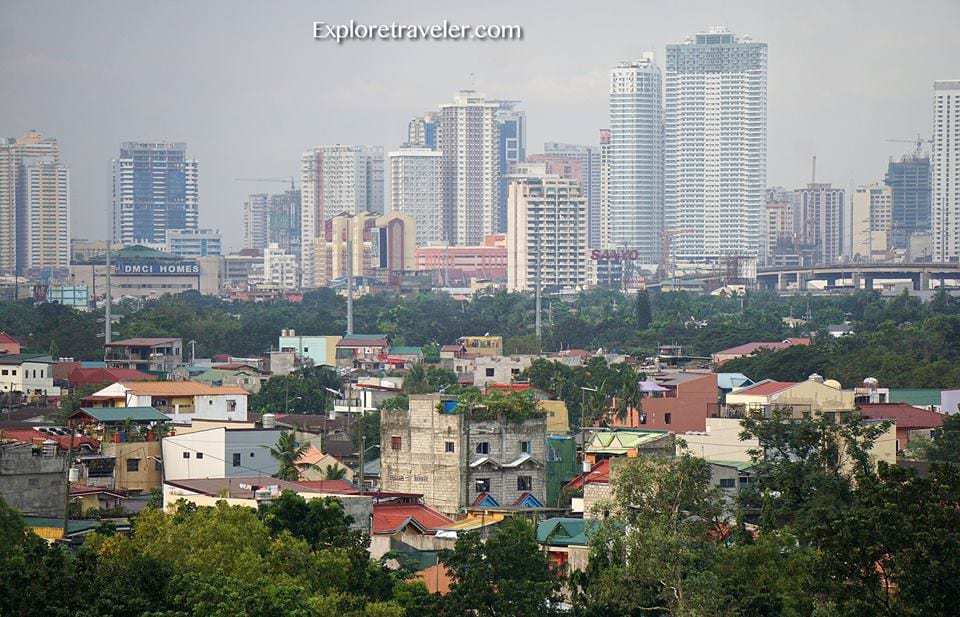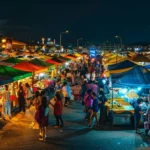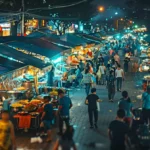Frequently Asked Questions
Who is the mayor of Pasay City 2019?
The mayor of Pasay City in 2019 was Emi Calixto-Rubiano.
What province is Pasay City in?
Pasay City is located within the Metro Manila region, which is not a province but a highly urbanized metropolitan area in the Philippines.
Who currently governs Pasay City?
The current governor of Pasay City is Imelda Calixto-Rubiano, who has held the position since 2019.
What district does Pasay belong to?
Pasay City belongs to the National Capital Region (NCR) or Metro Manila, one of the regions of the Philippines.
How many barangays comprise Pasay?
Pasay City is divided into 201 barangays, which are the smallest administrative divisions in the Philippines.
What is Pasay Citys population?
The population of Pasay City is estimated to be around 416,522 as of 2020, making it one of the most populous cities in Metro Manila, Philippines.
When was Pasay City established?
Pasay City was established in 1907, when it was separated from the municipality of Manila and became an independent city.
What festivals are celebrated in Pasay?
Pasay City celebrates a variety of vibrant festivals throughout the year, including the Dinagyang Festival, Sinulog Festival, and the Sinulog sa Lupang Pangako, showcasing the city's rich cultural heritage and community spirit.
What is Pasay Citys land area?
Pasay City covers an area of 47.7 square kilometers, making it one of the smallest cities in Metro Manila.
Which cities border Pasay?
Pasay City is bordered by Manila to the north, Parañaque to the south, and Manila Bay to the west.
What are Pasay Citys main attractions?
Pasay City's main attractions include the Coconut Palace, Manila Film Center, and a vibrant culture with lively festivals that showcase the local hospitality.
How does Pasay City contribute to tourism?
Pasay City contributes to tourism through its cultural attractions such as the Coconut Palace and the Manila Film Center, as well as its vibrant festivals that showcase the local hospitality and joy.
What public transport serves Pasay?
Pasay City is served by various public transportation options, including buses, jeepneys, and the Metro Manila Light Rail Transit System (LRT-1).
Are there any museums in Pasay?
Yes, there are several museums in Pasay City, including the Coconut Palace, which showcases the use of coconut and other indigenous materials in architecture and design.
What universities are located in Pasay?
The universities located in Pasay City include De La Salle-College of Saint Benilde, Lyceum of the Philippines University, and Philippine State College of Aeronautics.
How is Pasay Citys economy structured?
Pasay City's economy is primarily driven by the service and commercial sectors, with a focus on tourism, retail, and transportation. The city's key industries include hospitality, entertainment, and real estate development.
What historical landmarks are in Pasay?
The historical landmarks in Pasay include the Coconut Palace, a unique architectural structure, and the Manila Film Center, a cultural landmark showcasing the city's rich cinematic heritage.
What is the crime rate in Pasay?
The crime rate in Pasay City is generally lower compared to other major cities in Metro Manila, though some petty crimes do occur. Appropriate safety precautions should be taken when visiting the area.
How many hospitals are in Pasay?
There are several hospitals located within Pasay City, with the exact number being approximately 10 major medical facilities serving the local population.
What is the climate like in Pasay?
The climate in Pasay City is tropical, with warm and humid weather throughout the year. Temperatures typically range from 25°C to 32°C, with the warmest months being from March to May.
Are there any parks in Pasay City?
Yes, there are several parks in Pasay City, including Luneta Park, Rizal Park, and the Coconut Palace Gardens, which offer green spaces, historical landmarks, and recreational activities for visitors.
What is the average income in Pasay?
The average income in Pasay City is estimated to be around 25,000 Philippine pesos per month, based on available data from government sources.
How is waste management handled in Pasay?
Waste management in Pasay City involves a comprehensive system of garbage collection, recycling programs, and proper disposal methods to maintain a clean and sustainable environment.
What sports facilities are available in Pasay?
Pasay City offers a variety of sports facilities, including the Philippine Sports Stadium, a multi-purpose arena that hosts major sporting events, as well as basketball and badminton courts.
How many hotels are in Pasay City?
Pasay City is home to a wide range of hotels, catering to various budgets and preferences of travelers. The exact number of hotels in Pasay City can vary, but it is a popular destination for accommodation in Metro Manila.
What is Pasay Citys literacy rate?
The literacy rate in Pasay City is 98.1%, reflecting the city's commitment to education and its highly literate population.
Are there any cultural centers in Pasay?
Yes, Pasay City is home to several cultural centers, including the prestigious Cultural Center of the Philippines, which showcases various performing arts and exhibitions.
What infrastructure projects are planned for Pasay?
The infrastructure projects planned for Pasay City include the development of a new international airport, the expansion of the Light Rail Transit (LRT) system, and the construction of a modern public transportation terminal.
How is Pasay Citys air quality?
The air quality in Pasay City is generally considered to be moderate, with occasional periods of elevated pollution levels due to its urban and industrialized nature.
What public services does Pasay City offer?
Pasay City offers various public services such as healthcare facilities, educational institutions, public transportation, and government offices to cater to the needs of its residents and visitors.




